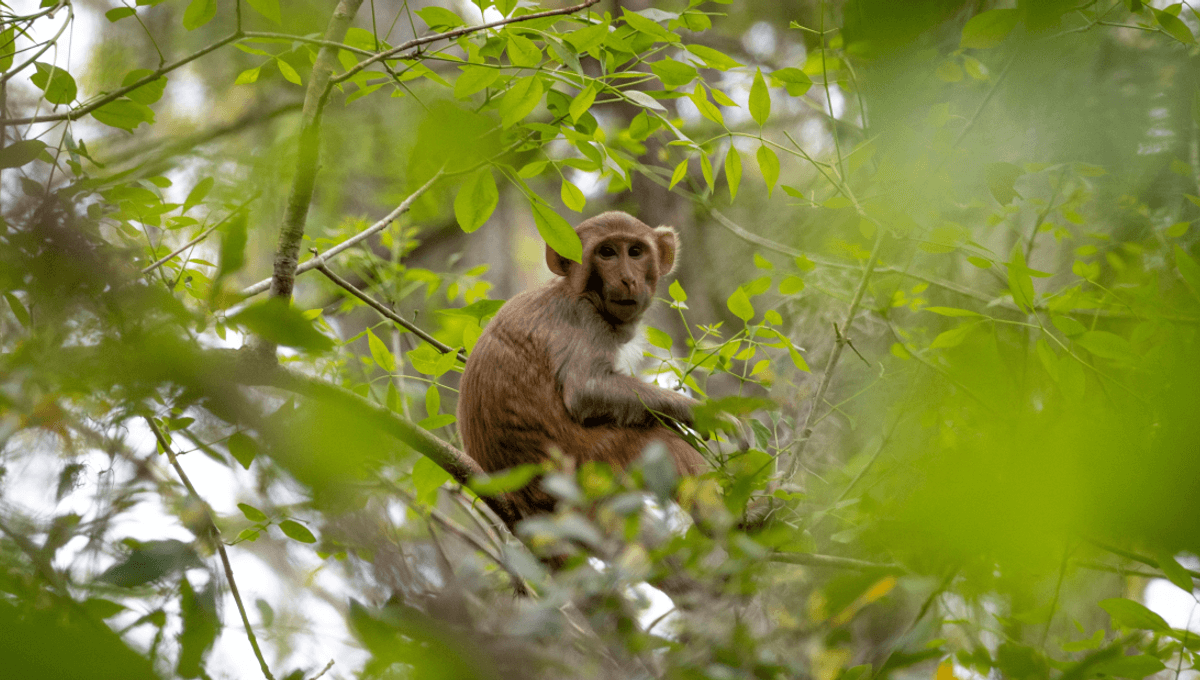
A video recently shared on Instagram captures a rather unusual scene – for Florida, at least. In it, someone taking a restful boat ride down Silver Springs suddenly gets rained upon by small projectiles. It’s not rain. It’s not even hail, oh no. It’s raining monkeys.
The rest of this article is behind a paywall. Please sign in or subscribe to access the full content.
In case you’re thinking “but wait, monkeys aren’t native to Florida?” Congratulations! Gold star. The thing is, species not being native has never really stopped them.
The story of how and why it became possible for monkeys to rain down on Silver Springs takes us back to the 1930s. Around this time, a chap named Colonel Tooey was running glass-bottomed jungle cruise boats along Silver Springs, giving visitors a wild ride.
Thing is, that ride wasn’t quite wild enough by Tooey’s standards. He wanted to liven things up a bit, and what better way – he figured, presumably unfamiliar with the concept of invasive species – than to release a load of monkeys onto an island.
That’s how 12 rhesus macaques (Macaca mulatta), a species typically native to southern and eastern Asia, found themselves in Florida. It’s quite a leap even for a highly mobile and arboreal species, but they took to their new home quite happily.
Boasting the largest geographic range of any non-human primate, macaques have proven time and time again that they’re highly adaptable when it comes to their environment. Urban or wild, remote or human-filled, they don’t mind.
As you can probably tell from that video I mentioned, that initial group of 12 did a decent job of propagating. By the 1980s, the authorities were growing concerned about the effect of this burgeoning non-native population, and so 1,000 animals were trapped and removed between 1984 and 2012 to try and get a hold on the situation. A 2015 estimate put the population at around 176 across five social groups, and predicted that without intervention, that number could double by 2022.
It’s a tricky situation to navigate, not least because these charismatic animals are hardly to blame for thriving after being dumped in unfamiliar territory. Not only are they not unique as non-native primates living it up in the state (hello, farm-escapee vervet monkeys), but they’re not even the only invasive species falling from the skies.
Every year, when summer concedes to autumn and the temperatures drop, seasoned Floridians prepare themselves for “iguana fall”. It’s a peculiar non-meteorological phenomenon where the cold weather causes rigid reptiles to fall out of trees.
As animals that depend on the Sun to keep warm and mobile, they don’t do well with the sudden drop in temperature and can look a bit, well, dead. Something one person learnt the hard way when they tried to take a “dying” iguana to the veterinarian, only for it to wake up – rather enthusiastically – inside their nice warm car.
Something tells me Florida’s in the market for some heavy-duty umbrellas.
Source Link: It Can Rain Monkeys In Florida, And The Reason Why Dates Back To The 1930s